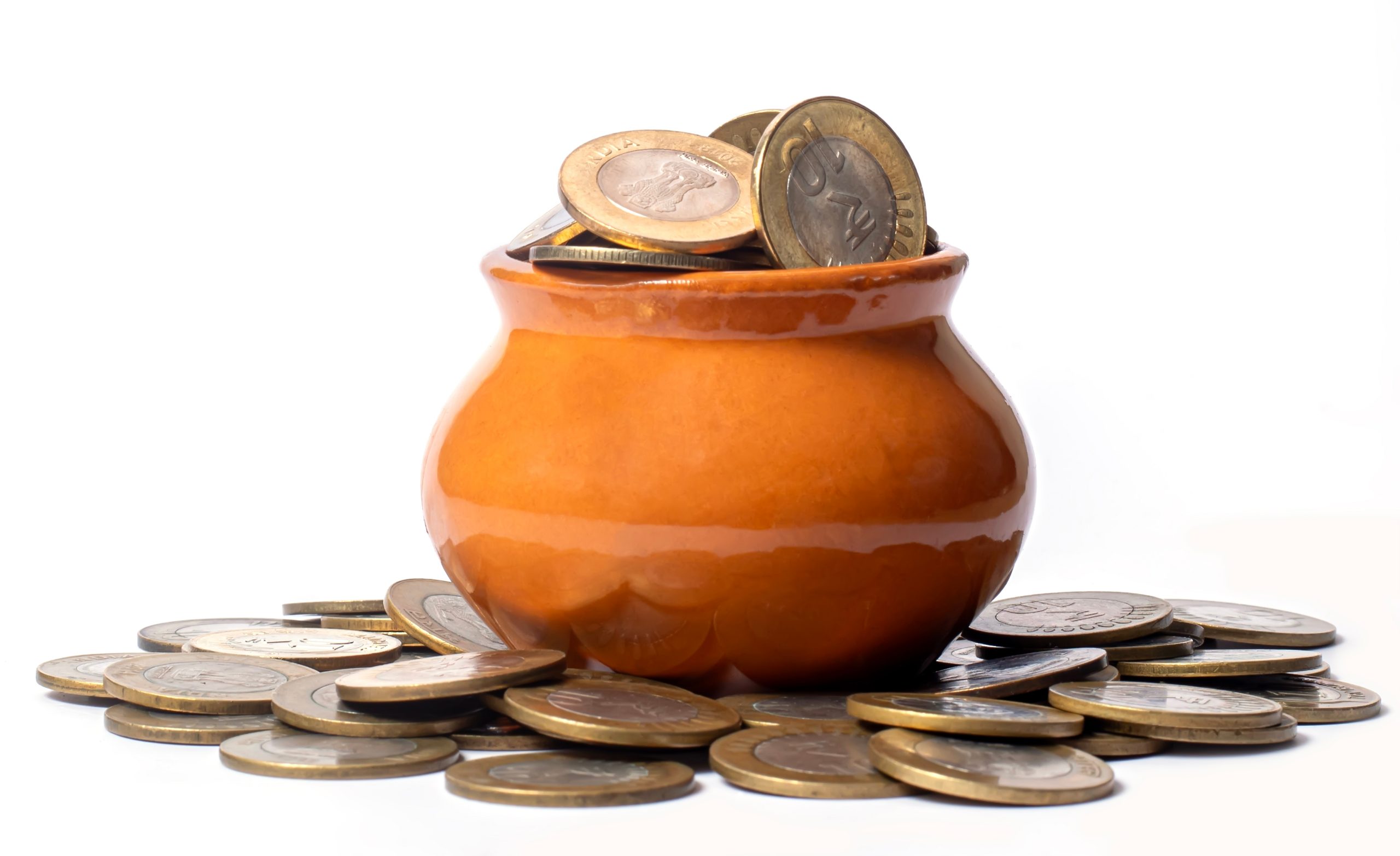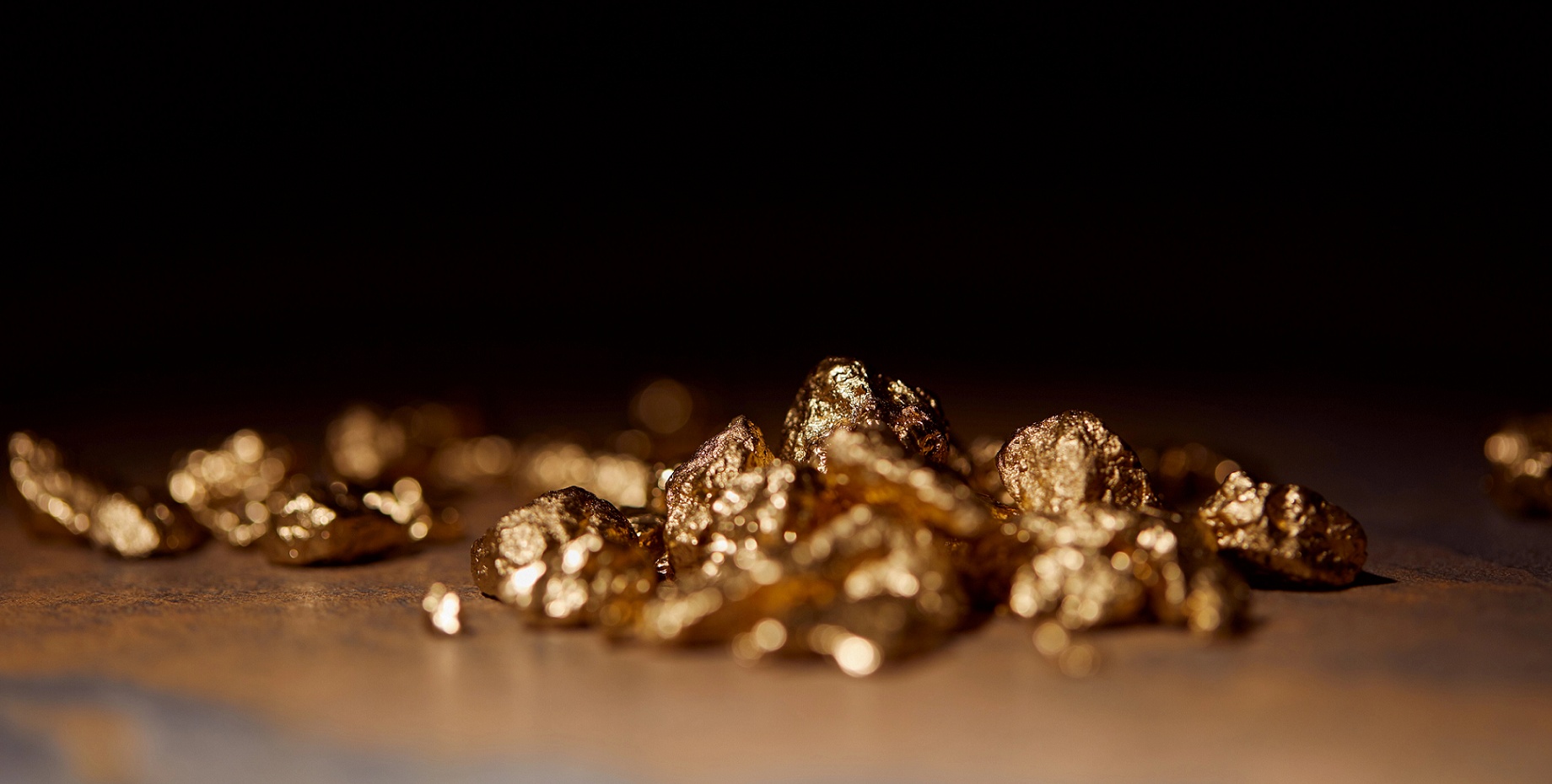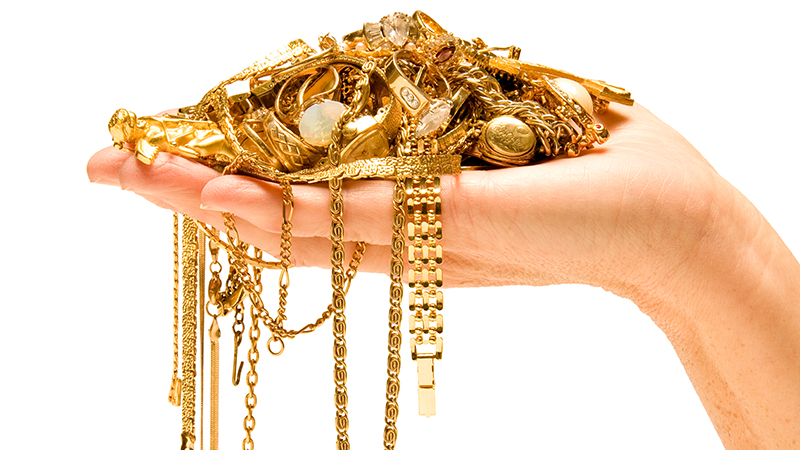When we look at gold chains, two details stand out right away: the thickness of the chain and its overall weight. These details matter more than style or design when it comes to actual valuation. Understanding how they play a role helps us make clearer choices about buying, selling, or simply holding onto jewelry.
Thickness and Its Role in Value
Thickness is one of the first things we notice when we examine a gold chain. A thicker chain uses more material, which naturally means more gold content. That translates into higher value during appraisal. Thin chains, while delicate and attractive, carry less gold weight and therefore bring in less when measured by value.
We should also remember that thickness can influence durability. A thicker piece tends to resist breakage and general wear much better. That adds to its life span, but for valuation purposes, the key detail remains the amount of pure gold used. Because gold buyers in Saskatoon assess based on purity and weight, thickness becomes a sign of potential value rather than a deciding factor alone.
If you want more guidance on how chains are valued, the resource at gold buyers in Saskatoon gives a simple overview of the process.
The Direct Influence of Weight
Weight determines most of the appraisal outcome. When we weigh a chain, the scale reading is paired with purity testing to calculate the amount of actual gold present. This makes weight the most reliable measure for valuation. Even if a chain is thick, if it is hollow inside, the weight may not be as high as expected.
We need to watch for hollow chains because they can look large while containing far less gold. This is a common surprise for many people when they bring in jewelry. Solid chains provide consistent weight that accurately reflects gold value, while hollow designs focus more on style and affordability than on lasting material worth.
Our team often advises that anyone planning to invest in jewelry should pay closer attention to weight over looks. This approach makes it easier to understand long term value.
Comparing Hollow and Solid Designs
Many chains are sold as hollow pieces, especially those that appear thicker but remain light when handled. This design lowers cost for the buyer at purchase but also reduces value later. Solid chains carry more gold weight and bring in more during appraisal.
The challenge is that hollow chains can dent or bend more easily, which may lower overall resale potential. Solid ones are sturdier and carry clear weight advantages. If your goal is to keep gold jewelry as an investment, choosing solid over hollow ensures better retention of value.
For a closer breakdown of how buyers assess chain types, you can see details provided for gold chains buyers in Saskatoon.
The Impact of Purity Alongside Thickness and Weight
Purity is the percentage of real gold mixed with other metals. A heavy and thick chain that is only 10 karats will still be worth less per gram than a thinner chain made from 18 or 22 karats. This is why buyers always combine three steps: checking thickness, weighing the piece, and testing purity.
We should remember that weight alone is not enough. Purity testing ensures we are measuring true gold content, not just the metal mix. For example, a 14 karat chain will contain just over half real gold, while 24 karat represents nearly full purity. This difference plays a large role in valuation even when the chain looks the same size.
Style Choices and Their Hidden Role
While thickness and weight dominate value, style can still affect how chains are appraised. Certain link patterns may create hollow spaces that make a chain appear thicker without adding much weight. Rope or Cuban link styles often hold more gold compared to flatter links. The construction of the chain can make a difference in how much gold is actually there.
We sometimes notice that two chains of equal length and width weigh differently simply because of design. Knowing this helps avoid surprises during appraisal. It also guides us when deciding whether to invest in heavier link patterns that naturally retain more gold.
Market Value Considerations
Gold value is also influenced by the global market price of gold per ounce or gram. Thickness and weight give us the base material, but the market price determines how much that material is worth at a given time. When market prices rise, thicker and heavier chains naturally appreciate faster than lighter or hollow ones.
For this reason, many people prefer to hold onto solid chains as a form of investment. Even if the style goes out of fashion, the pure gold weight always carries value tied to market rates. We can think of it as a built in safeguard against design changes over time.
Wear and Tear in Long Term Value
Durability plays a subtle role in valuation as well. Thin or hollow chains tend to bend, break, or wear down with frequent use. Once damaged, they may require repair, which slightly lowers resale value. Thick and solid chains resist this damage and maintain both structure and weight for longer periods.
When we plan to keep a chain for years, durability can make a difference in how much of its original value remains. Protecting jewelry from unnecessary wear is another way to safeguard long term worth.
Practical Tips for Assessing Your Chain
We can use a few simple checks before bringing in a chain for appraisal. First, feel the weight in your hand. If a chain feels light for its size, it may be hollow. Second, look closely at thickness compared to durability. A chain that bends easily is often lighter than it appears. Third, know the karat rating, since that decides purity.
These steps give us a fair idea of what to expect during valuation. They also prepare us for the difference between personal attachment and actual gold value.
When to Ask for a Professional Appraisal
Sometimes it is difficult to judge weight or purity without tools. This is when a professional appraisal becomes important. By having chains tested properly, we can avoid guessing and get a true understanding of their value.
If you want to discuss your own chains or ask about valuation, the most direct step is to reach out through contact us. A clear conversation helps set expectations and provides insight on whether selling or holding might be the better option.
FAQ
How does thickness affect resale value of a chain
Thickness increases the amount of gold used, which can raise value, but it is always confirmed by actual weight.
Why do hollow chains weigh less than they look
Hollow chains use empty space inside the links, so they appear large but contain less gold.
Is purity more important than weight
Both matter. Purity decides how much real gold is in the chain, while weight measures the total amount of material.
Do certain chain styles hold more value
Yes, designs like Cuban or rope links often carry more gold weight compared to flat or hollow styles of similar size.
Can damage lower the value of a chain
Yes, bends or breaks can reduce resale potential, especially in hollow chains that dent easily.
















